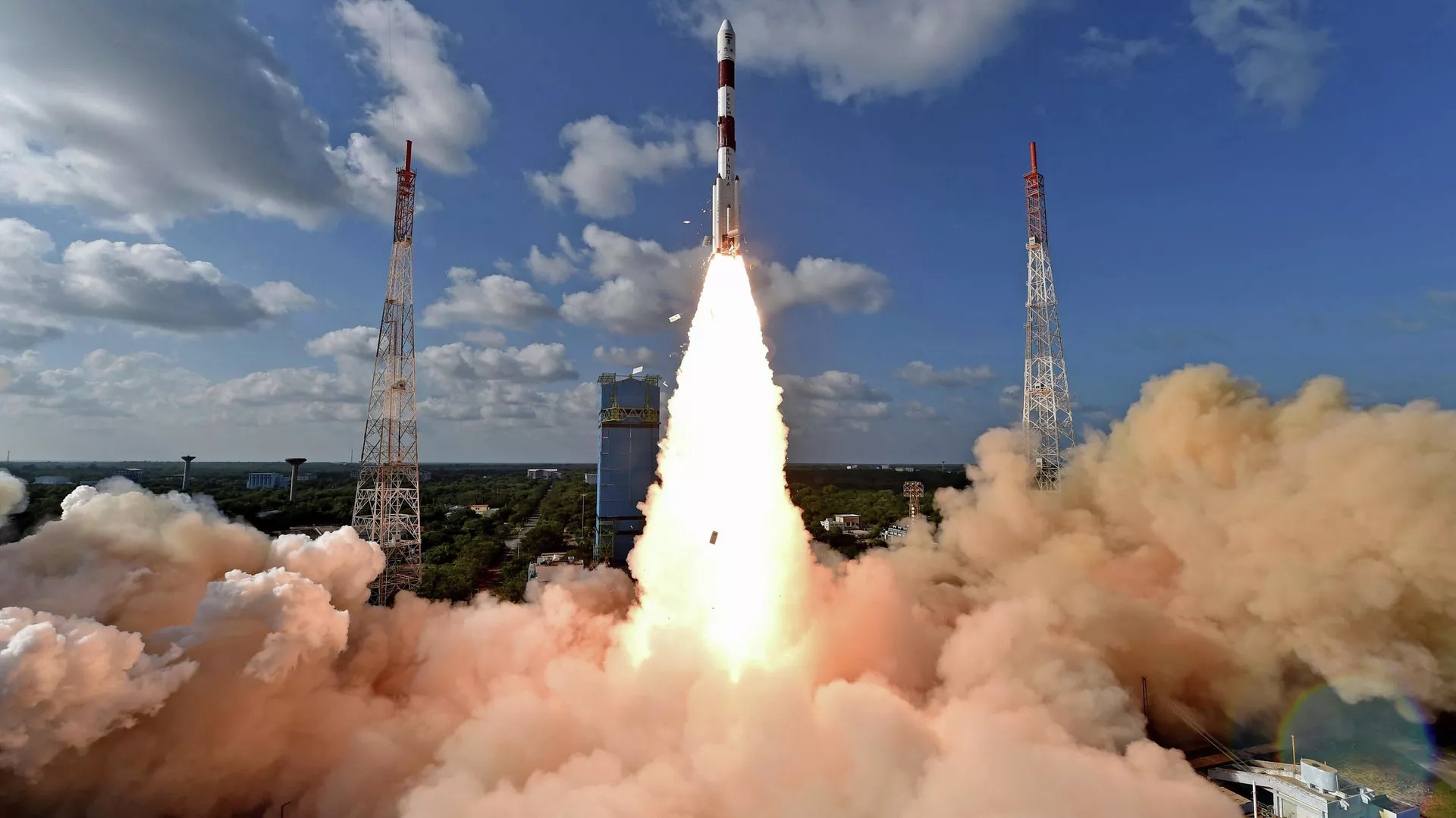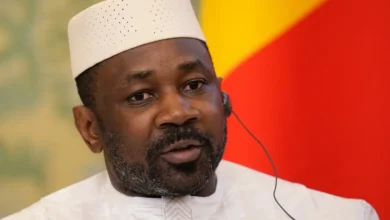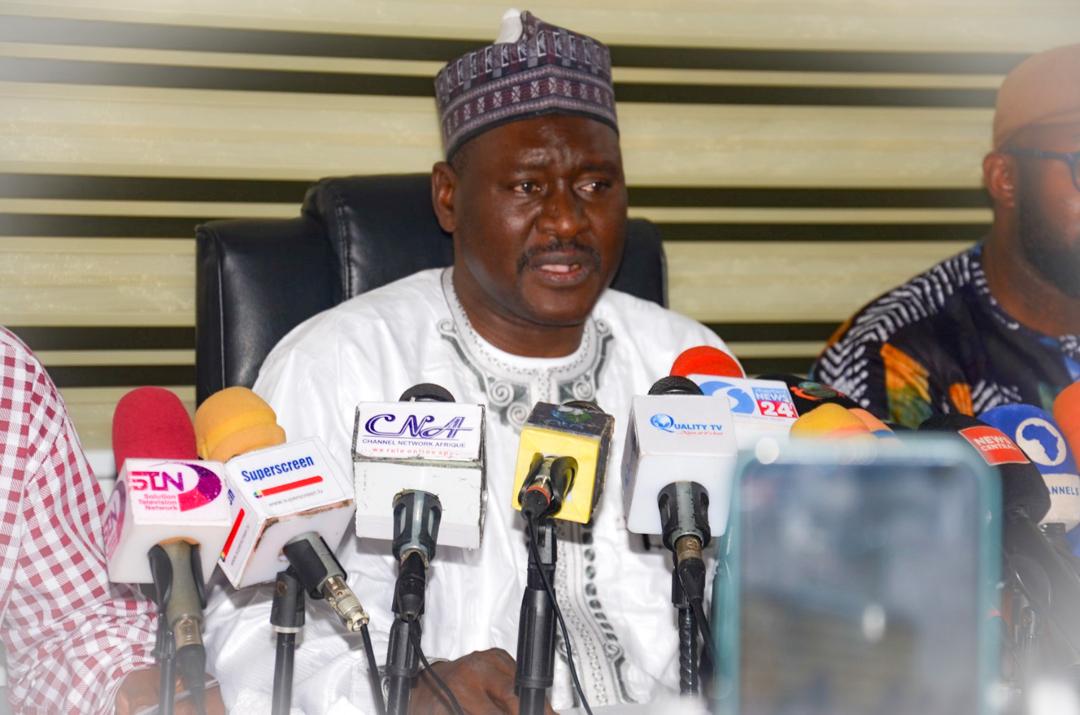India’s ISRO/NSIL launches 36 OneWeb satellites from Sriharikota

OneWeb today confirmed the successful deployment of 36 satellites launched by NewSpace India Limited (NSIL) from the Satish Dhawan Space Center (SDSC-SHAR) in Sriharikota, India. This launch by ISRO and NSIL is one of the largest commercial orders by India’s premier space organization and the first using the LVM3 rocket.
All 36 satellites are now operational, bringing OneWeb’s total Gen 1 LEO constellation to 462 satellites in total. Launch 14 from the Satish Dhawan Space Centre SDSC-SHAR, Sriharikota, India marks the first dedicated commercial launch for the private NewSpace India Limited (NSIL) using the LVM3 rocket. With this successful launch, the LVM3 has become a catalyst for the Indian Space Programme, opening new vistas for heavy payloads to the LEO.

The launch took place on Sunday, October 23, 2022 at 00:07 local time. The OneWeb satellites successfully separated from the rocket and were deployed in nine phases over a period of 1 hour and 15 minutes, with signal acquisition confirmed on all 36 satellites.
This is the 14th launch of OneWeb, thanks to which the constellation reached 462 satellites. This launch represents more than 70% of the planned 648 satellite fleet in Low Earth Orbit (LEO), which will provide high-speed, low-latency connectivity around the world. With only four more launches to go, OneWeb remains on track to enable global coverage in 2023, while its connectivity solutions are already operating in regions north of 50 degrees latitude.
This partnership with NSIL and ISRO demonstrates OneWeb’s commitment to provide connectivity across India by 2023. From Ladakh to Kanyakumari and Gujarat to Arunachal Pradesh, OneWeb will bring secure solutions not only to businesses but also to cities, villages, towns and schools, including the most inaccessible areas across the country. OneWeb’s commitment to improving connectivity in India is backed by Bharti Global, its largest investor.
The LVM3 launch vehicle implemented with complete indigenous technology had four consecutive successful missions including the mission critical Chandrayaan-2. The vehicle has passed several critical tests as part of the people evaluation for the Gaganyaan programme. The cryostage was uniquely designed to orient and reorient in an orthogonal direction to meet customer requirements for injecting satellites precisely and with a gap to avoid collision. The vehicle was realized in a short time based on the demand to meet the timeline of the user.
Shri. Somanath S, Secretary, Ministry of Space and Chairman, ISRO said, “Today’s event is very historic for the country and the Indian space programme. This is the first ever commercial LVM3 launch with the highest payload to LEO. LVM3 was primarily designed to launch geostationary satellites with a payload of 4T, which can be used to launch 6T payloads for LEO.
“The mission is very important to meet the customer’s expectation to precisely launch 36 satellites in 9 phases. The mission was designed so that the C25 stage was to handle this operation using its own inertial navigation systems. The injection of the satellites was as accurate as the customer expected. NSIL, ISRO’s commercial arm, awarded this contract and executed it in record time.
“This will pave the way for more launches in the future. The interaction with OneWeb was so seamless, from the reception of the satellites to the injection. The ISRO and OneWeb teams worked like a family. I commend all ISRO centers and Indian industry for their commendable work and congratulate NSIL and OneWeb for the successful launch of the LVM3 M2 / OneWeb India-1 mission.
Sunil Bharti Mittal, Executive Chairman of OneWeb, said: “Today’s launch is a significant milestone for OneWeb. This new phase of our launch program from India brings us one step closer to not only increasing our global coverage but also providing connectivity in India and South Asia, especially to the communities that need it most.
“I am proud to be here at Sriharikota with our partners, ISRO and NSIL. Today, my dream of having an Indian element in the OneWeb constellation came true. This launch with ISRO and NSIL opens up the space sector in India with the possibility of billions of dollars flowing into the country.
“I would like to commend our honorable Prime Minister for his visionary leadership in opening up the space sector to private participation. I also thank ISRO, NSIL and Indian authorities for keeping the exact schedule of this launch which was done in record time.
Radhakrishnan D, Chairman and Managing Director, NewSpace India Limited added, “The successful launch of 36 OneWeb satellites by GSLV-MkIII from Satish Dhawan Space Center is a historic moment for NSIL and ISRO. We worked closely with the OneWeb team to support this milestone, which was achieved in a record time of a few months, while illustrating the opportunities for satellite connectivity in India. We look forward to strengthening our partnership with OneWeb and leveraging the potential of LEO connectivity to deliver broadband services across India.”
Neil Masterson, Chief Executive of OneWeb, said: “I am delighted that we have been able to renew the OneWeb launch programme. This launch was made possible by the hard work of our team and our partners at ISRO and NSIL, as well as the shareholders of Bharti Global. The spirit of collaboration exemplified by this international effort is at the heart of our strategy to expand our global coverage network. At OneWeb, we remain laser-focused on removing barriers to connectivity to ensure we serve communities and customers around the world.”
In the coming months, OneWeb will continue to focus on the launch program and will also work with key distribution partners and customers to roll out connectivity solutions where its services are active. OneWeb will expand innovative strategic partnerships with leading companies in the communications sector and sign agreements in the coming months to support the deployment of its coverage solutions.








